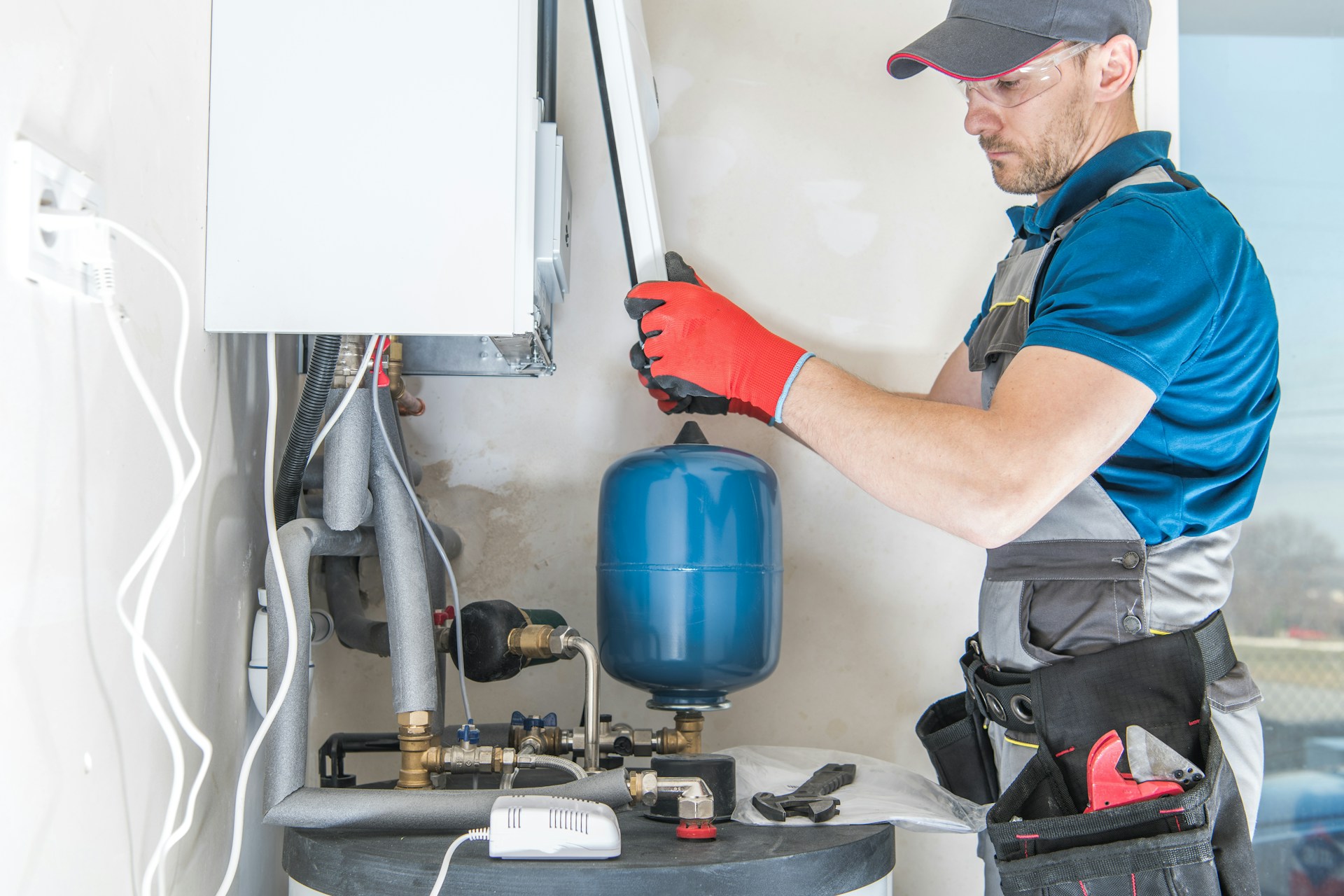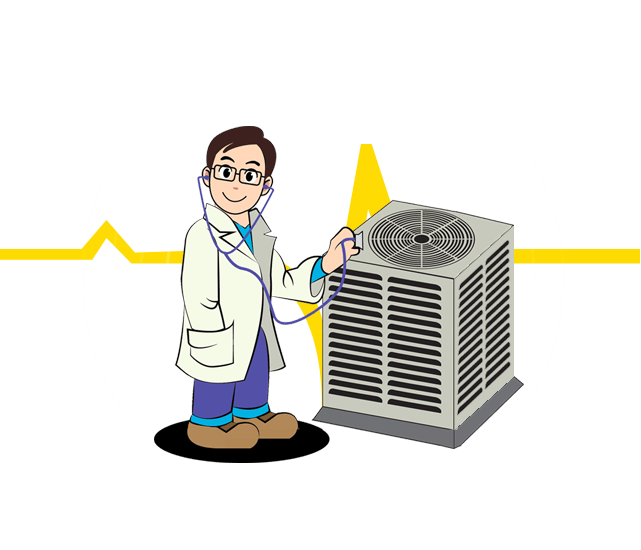Installing a new furnace is a significant investment in your home’s comfort and efficiency. For many homeowners, understanding when and how to tackle a furnace installation can seem daunting. However, being well-informed can make the process much smoother and ensure you make the best decisions for your household.
Determining the Right Time for Furnace Installation
Signs Your Furnace Needs Replacement
Recognizing when your furnace needs replacement is essential. One clear sign is an increase in your energy bills. If your heating expenses are rising without a corresponding increase in usage, your furnace may be working harder than necessary. Strange noises, frequent cycling, and uneven heating are also indicators that your furnace might be reaching the end of its lifespan.
Older furnaces, typically older than 15-20 years, are more likely to need replacement. As components wear out, efficiency decreases, and the risk of breakdowns increases. If you find yourself frequently calling for repairs, it might be time to consider a new furnace. Unusual smells, especially gas or burning odors, signal immediate attention and potential replacement.
Advantages of a New Furnace Installation
Installing a new furnace offers several benefits. One of the primary advantages is improved energy efficiency. Modern furnaces are designed to operate more efficiently, which can significantly reduce your heating bills. Enhanced performance ensures that your home remains consistently warm, even during the coldest months.
A new furnace also provides increased reliability. With updated technology and components, the chances of unexpected breakdowns diminish. This leads to fewer emergency repairs and more peace of mind. Additionally, modern furnaces are quieter and offer better air quality features, contributing to a more comfortable living environment.
Choosing the Right Furnace for Your Home
Types of Furnaces Available
When selecting a new furnace, it’s important to understand the different types available. The most common types are gas, electric, and oil furnaces. Gas furnaces are popular due to their efficiency and cost-effectiveness. They are well-suited for homes with natural gas connections. Electric furnaces, while typically more expensive to operate, are a viable option for homes without gas access. They offer convenience and ease of installation.
Oil furnaces are another option, although less common. They are ideal for areas without access to natural gas or where heating oil is more readily available. Additionally, there are ductless heating systems, which provide flexible solutions for specific areas in your home. These systems are energy-efficient and allow for individual room control, making them a great choice for customized heating needs.
Factors to Consider When Selecting a Furnace
Choosing the right furnace involves several key considerations. First, consider the size of your home. An appropriately sized furnace ensures optimal performance and efficiency. Our professionals can perform load calculations to determine the best size for your specific needs. Climate also plays a role; colder climates may require more robust heating solutions.
Efficiency ratings are another important factor. Higher efficiency furnaces may have a higher upfront cost but can save you money over time through reduced energy bills. Look for furnaces with high Annual Fuel Utilization Efficiency (AFUE) ratings. Additionally, consider features such as programmable thermostats, variable speed blowers, and advanced filtration systems, which can enhance comfort and indoor air quality.
Steps Involved in Furnace Installation
Initial Consultation and Assessment
The first step in a successful furnace installation is the initial consultation and assessment. During this stage, our professionals visit your home to evaluate your heating needs. They inspect your current furnace setup, ductwork, and the overall layout of your home. This assessment helps determine the most suitable furnace type and size for your specific requirements.
A thorough assessment includes load calculations to ensure your new furnace will provide sufficient heating without being oversized. Discussing your preferences and budget allows our professionals to recommend the best options. This step ensures you make informed decisions and sets a solid foundation for the installation process.
Installation Process and What to Expect
Once the assessment is complete and you’ve chosen your new furnace, it’s time for the installation. Our technicians start by preparing the installation area. This may involve moving or replacing existing components to accommodate the new unit. They then proceed to install the furnace, ensuring all connections are secure and up to code.
During the installation, our professionals focus on precision and safety. They connect the furnace to your home’s ductwork, electrical system, and fuel lines, depending on the type of furnace. After the furnace is securely in place, they perform initial tests to check for proper functioning. This process ensures that your new heating system will operate efficiently and safely, providing reliable warmth for your home.
Post-Installation Testing and Calibration
After the installation, post-installation testing and calibration are crucial. Our technicians conduct a series of checks to verify the furnace’s performance. This includes testing the thermostat, checking airflow, and ensuring the furnace reaches the desired temperature settings. They also inspect for any gas leaks or electrical issues.
Calibration ensures the furnace operates at peak efficiency. Our professionals adjust settings as needed to optimize performance and energy use. This step guarantees your new furnace will provide consistent, comfortable heating throughout your home. A detailed explanation of the system’s features and maintenance requirements is also provided, ensuring you are well-equipped to care for your investment.
Conclusion
Installing a new furnace is a significant decision that impacts your home’s comfort and energy efficiency. Understanding the right time for replacement, selecting the appropriate furnace, and following a structured installation process are all vital steps.
If you are considering a new furnace installation in Dover or need expert advice on maintaining your current system, Air Doctorx Heating and Air Conditioning is here to help. Contact us today to ensure your home remains warm and comfortable!






